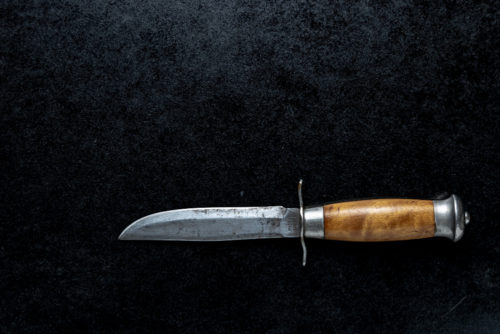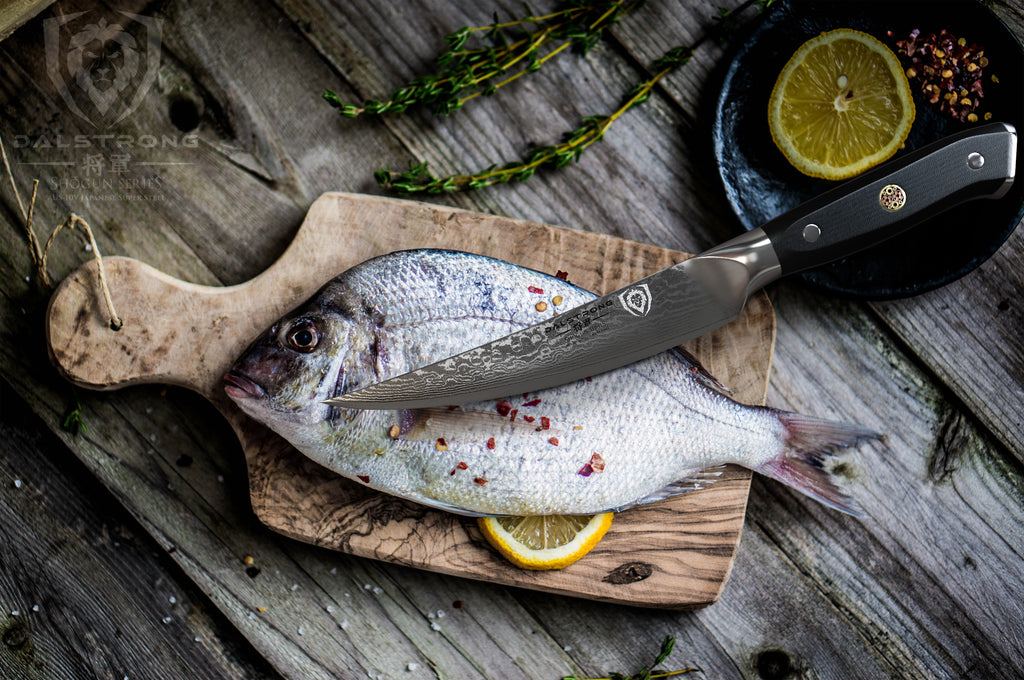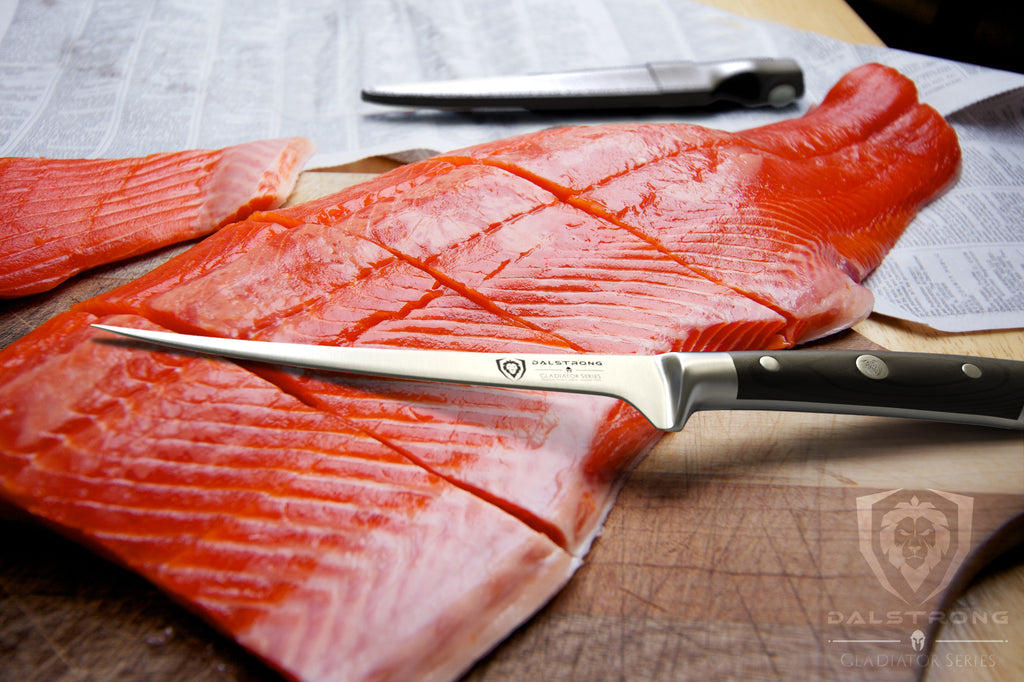When you invest in a Japanese knife, you’re investing in a piece of culinary art that combines centuries of tradition and rigorous craftsmanship. Maintaining such a tool requires more than just periodic sharpening; you need to know how to wash Japanese knives effectively. Proper care ensures the knife remains as functional and beautiful as the day you bought it.
In this comprehensive guide, we will delve into various methods and tips for keeping your Japanese knife in pristine condition. For kitchen enthusiasts, understanding these steps can enhance not just the lifespan but also the performance of your blade.

Why Japanese Knives Need Special Care
The Unique Blade Material
Japanese knives are typically made from high-carbon steel, which is extremely sharp but also more prone to rust compared to stainless steel. Understanding the properties of this unique material is crucial in learning how to wash a Japanese knife correctly.
The Precision of the Blade Edge
The blades are often honed to an incredibly fine edge, making them more delicate. Any improper washing technique can dull or damage the blade.

Step-by-Step Guide on Washing Japanese Knives
Pre-Washing Preparations
Before you start washing your Japanese knife, make sure all your cleaning materials are ready. You will need a soft sponge, mild dish soap, and a soft cloth for drying.
Hand-Washing Your Japanese Knife
The key to maintaining your knife lies in hand-washing. Immediately after use, rinse the blade under warm water. Apply a tiny amount of mild dish soap to a soft sponge and gently scrub both sides of the blade. Avoid using abrasive scrubbers as they can scratch the surface and dull the blade.
Once washed, immediately dry the knife using a soft cloth to prevent rusting. Make sure to dry the handle as well to maintain its integrity.
Deep Cleaning Tips
Occasionally, your Japanese knife may require a more thorough cleaning, especially if it has been exposed to acidic or oily foods. In such cases, immerse the knife in warm, soapy water for a few minutes before gently scrubbing and drying.

Common Mistakes to Avoid
Avoiding the Dishwasher
Never wash your Japanese knife in a dishwasher. The high heat and harsh detergents can significantly harm the blade and handle.
Using the Right Cleaning Materials
Never use steel wool or other abrasive materials. Instead, opt for a soft sponge and mild soap.

Maintaining the Knife Post-Wash
Storing Your Knife Correctly
Proper storage is as crucial as proper washing. Store your Japanese knife in a knife block, magnetic strip, or protective sheath to prevent accidental damage.
Regular Sharpening
Regularly sharpening your Japanese knife using the right tools is essential. For more tips on keeping your knife sharp, visit our guide on how to sharpen a chef knife.
FAQs
What Should I Avoid When Cleaning My Japanese Knife?
Avoid using the dishwasher, abrasive materials, and strong detergents.
How Often Should I Wash My Japanese Knife?
Wash your knife immediately after every use to maintain its edge and appearance.
Can I Soak My Japanese Knife?
Short soaking is okay for deep cleaning, but avoid prolonged soaking to prevent rust.
Read more about chef’s knives on Wikipedia
As an Amazon Associate, I earn from qualifying purchases.


